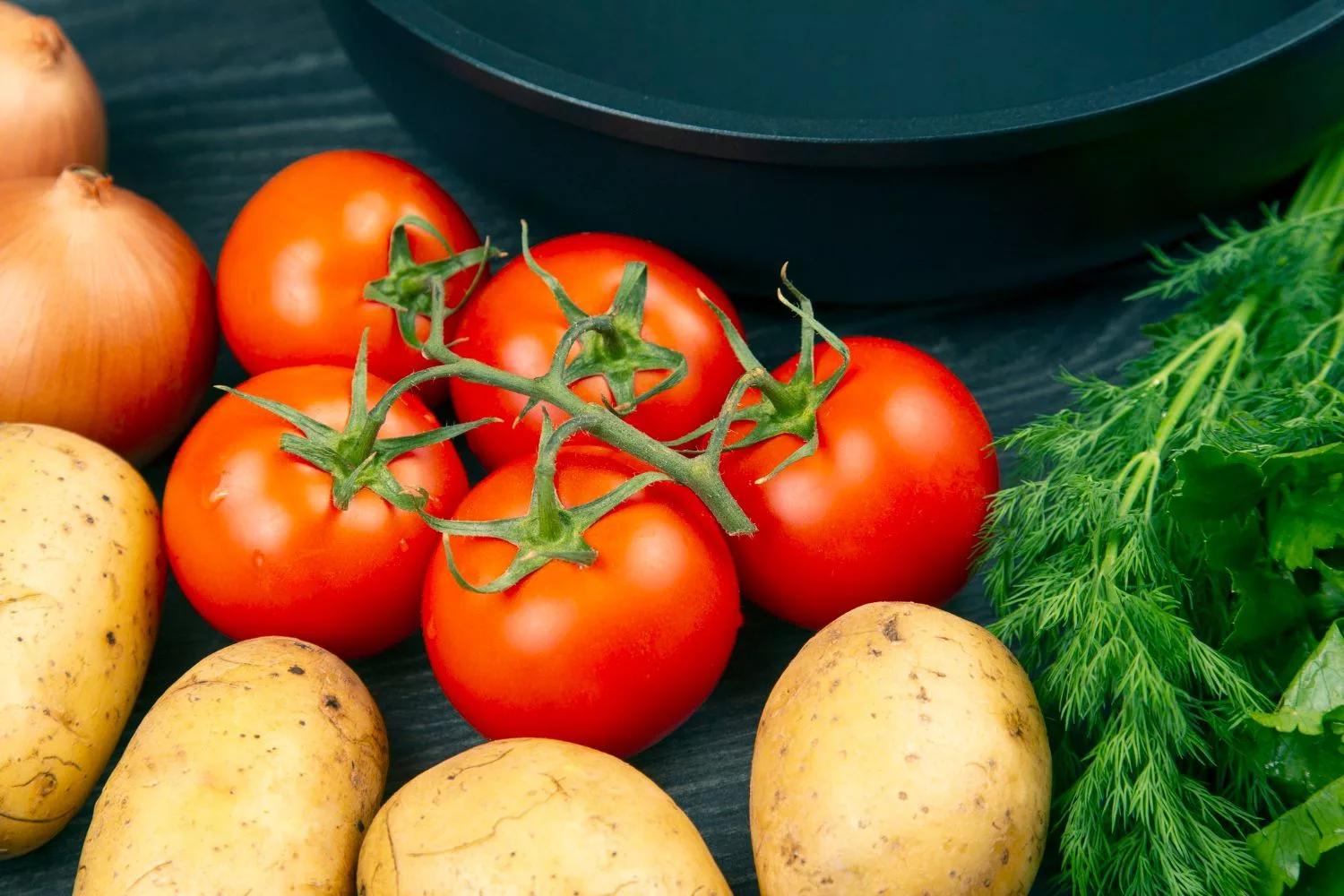Millions of years ago, two wild plants, one tomato-like, the other potato-ish, crossed paths in South America and swapped genes. This natural interbreeding, known as interspecific hybridization, sparked a genetic remix that eventually led to the birth of the modern potato.
The result? A brand-new trait: the tuber, a nutrient-packed underground storage organ that helps plants survive tough times. Today, all 107 wild relatives of the cultivated potato share this tuber trait, but scientists are still puzzling over how this feature evolved and why it’s linked to such a burst of species diversity in the Petota family.
Corresponding author Sanwen Huang of the Chinese Academy of Agricultural Sciences, China, said, “Our findings show how a hybridization event between species can spark the evolution of new traits, allowing even more species to emerge. We’ve finally solved the mystery of where potatoes came from.”
The humble potato, a global food hero, has long kept scientists guessing about its origins. Strangely enough, it looks like three wild Chilean species called Etuberosum, except for one significant difference: those lookalikes don’t grow tubers.
Tomato & potato fruit color, size evolved together
But when researchers dug deeper using phylogenetic analysis (think of it as building a family tree from DNA), they discovered something unexpected. The potato’s closest relative isn’t its tuberless twin; it’s the tomato.
To crack the case, researchers sequenced 450 cultivated potato genomes and 56 wild relatives.
What they found was astonishing: every potato species carries a balanced blend of genes from both Etuberosum and tomato plants. This points to a dramatic twist in plant evolution, a hybridization event that happened around 9 million years ago.
Though Etuberosum and tomatoes had split from a common ancestor 14 million years ago, they still managed to interbreed after 5 million years apart. That ancient union sparked the birth of the first tuber-forming potatoes, setting the stage for one of the world’s most important crops.
When scientists zoomed in on the potato’s tuber-forming genes, they discovered a brilliant collaboration between two ancient plant lineages. The potato’s ability to grow tubers, those underground food vaults, comes from a genetic duet.
From the tomato side, it inherited the SP6A gene, a master switch that tells the plant, “It’s tuber time!” From the Etuberosum side, it got IT1, the architect that shapes the underground stems into proper tubers.
Together, these two genes form the perfect partnership. Without either one, the potato would be just another leafy plant with no delicious underground treasure. It’s like a symphony: SP6A cues the music, and IT1 builds the stage. Only when both play in harmony does the tuber take center stage.
As the Andes mountains rose skyward, the landscape transformed, bringing cold peaks, rocky soils, and unpredictable weather. But the newly minted potato, armed with its underground tuber, was ready.
The tuber wasn’t just a food stash; it was a survival toolkit. It lets early potatoes hunker down through harsh mountain climates, storing nutrients like a biological backpack. And here’s the genius part: potatoes didn’t need seeds or pollination to reproduce. They could clone themselves by sprouting new plants from buds on their tubers.
Like nature’s version of plug-and-play, this trait let them spread fast, colonizing everything from gentle grasslands to icy alpine meadows across Central and South America.
“Evolving a tuber gave potatoes a huge advantage in harsh environments, fueling an explosion of new species and contributing to the rich diversity of potatoes we see and rely on today,” Huang said.
Journal Reference
Zhiyang Zhang, Pingxian Zhang, Yiyuan Ding, Zefu Wang, Zhaoxu Ma, Edeline Gagnon, Yuxin Jia, Lin Cheng, Zhigui Bao, Zinan Liu, Yaoyao Wu, Yong Hu, Qun Lian, Weichao Lin, Nan Wang, Keyi Ye, Hongru Wang, Jinzhe Zhang, Yongfeng Zhou, Liang Liu, Suhua Li, William J. Lucas, Tiina Särkinen, Sandra Knapp, Loren H. Rieseberg, Jianquan Liu, Sanwen Huang. Ancient hybridization underlies tuberization and radiation of the potato lineage. Cell, 2025; DOI: 10.1016/j.cell.2025.06.034

